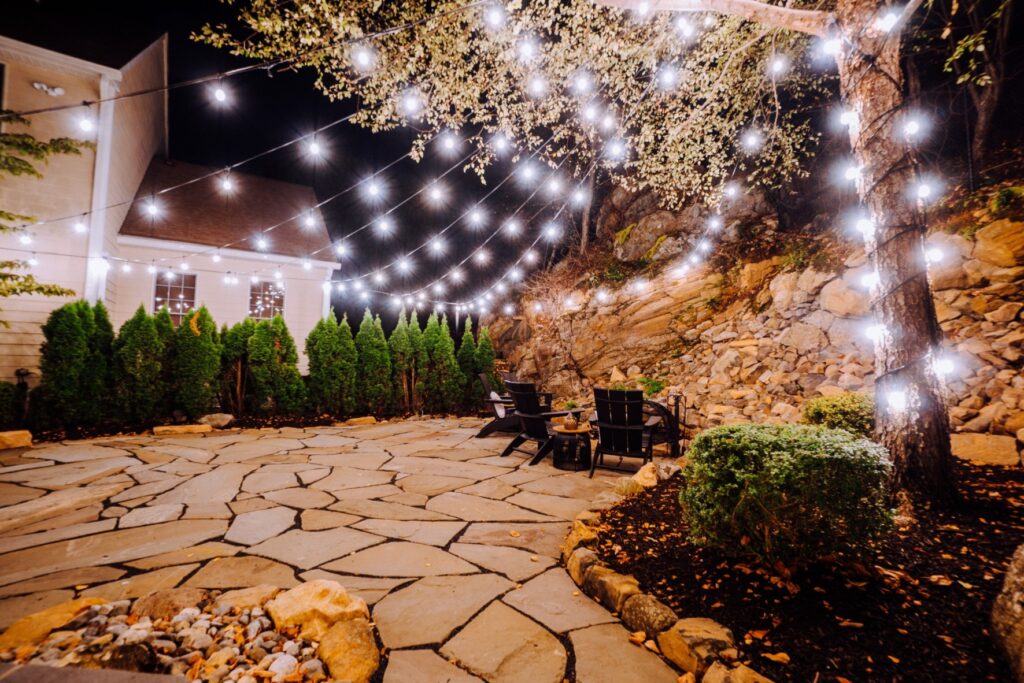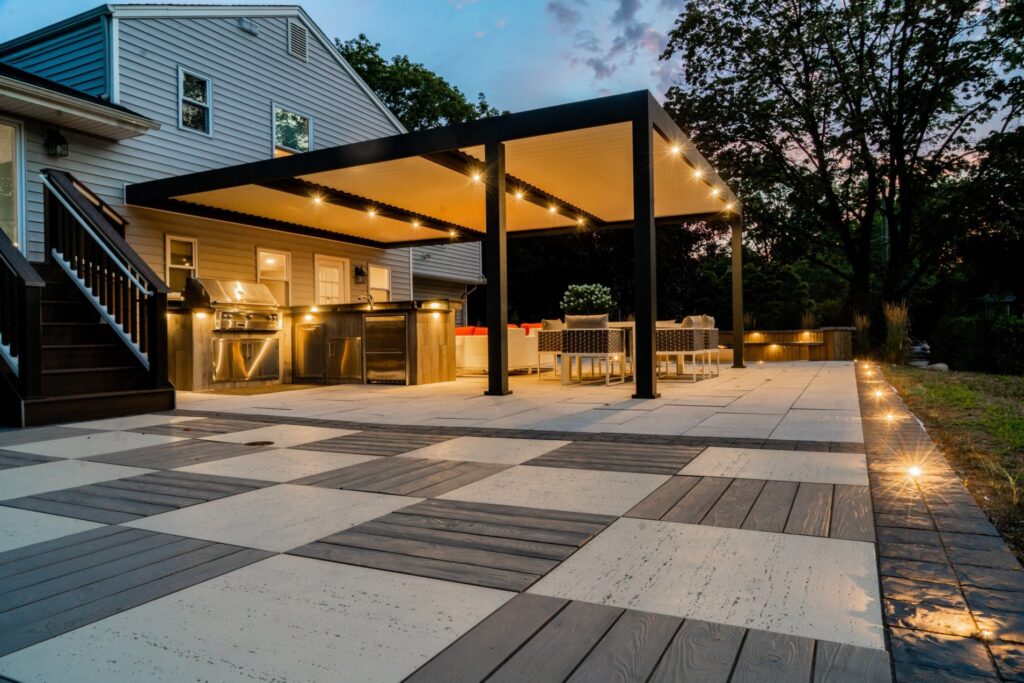LED lights use up to 80% less energy than traditional lighting sources, resulting in significant energy savings for homeowners.
LED lights can last up to 25 times longer than traditional lighting sources, reducing the need for frequent replacements and maintenance.
LED lights come in a variety of colors, shapes, and sizes, allowing for endless design possibilities.
Properly installed LED lighting can improve safety by illuminating walkways, steps, and other potential hazards.
Determine the intended use of the lighting, whether it's for accent lighting, task lighting, or safety lighting.
Choose LED lights that complement the style and aesthetic of your outdoor space.
Determine the desired brightness level based on the intended use and size of the area to be illuminated.
Look for LED lights that have high energy efficiency ratings, such as those with ENERGY STAR certification.
A professional landscaper will create a lighting plan that includes the location, type, and number of LED lights needed.
Proper wiring is crucial for the safe and efficient operation of LED lights. The wiring is installed underground or hidden within the landscape design.
The LED lights are installed according to the lighting plan, including placement, orientation, and connection to the wiring.
Once the installation is complete, the LED lights are tested to ensure proper operation and functionality.

LED lights require minimal maintenance, but it’s important to keep them clean and free of debris. Periodic cleaning of the lights and the surrounding landscape can help prevent damage and prolong the life of the LED lights.
